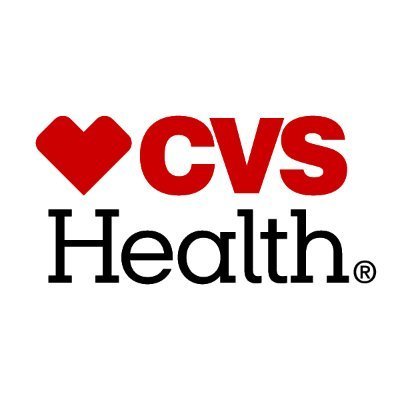
CVS Health Software Engineer Behavioral Interview — Heart at Work Behaviors in a Regulated Healthcare Context
This behavioral interview evaluates how software engineers deliver in CVS Health’s mission-driven, highly regulated environment across Aetna (Health Care Benefits), Caremark (PBM), and Retail/MinuteClinic platforms. Interviewers focus on the company’s Heart at Work Behaviors (empathy for customers/patients, collaboration, integrity, accountability, and innovation) and the ability to build safely and reliably where PHI, HIPAA, auditability, and patient impact are central. Format and flow (target 60 minutes): - 0–5 min | Warm-up and role context: Quick introductions and a prompt about why healthcare and why CVS Health. - 5–15 min | Ownership and impact: Deep dive on a high-impact project, how you set goals, measured outcomes, and handled trade-offs under constraints (cost, compliance, time-to-value). - 15–25 min | Collaboration in a matrixed org: Working across product, pharmacy operations/clinicians, and security/compliance. Assessing stakeholder mapping, influence without authority, and communication in distributed teams. - 25–35 min | Patient-safety, privacy, and risk: Scenarios involving PHI, HIPAA, least-privilege, audit trails, change management, and incident response where prescription fulfillment, claims adjudication, or MinuteClinic workflows could be affected. - 35–45 min | Delivery and reliability: Handling on-call/incident retros, SLIs/SLOs for consumer and internal platforms, root cause analysis, and continuous improvement in a regulated setting. - 45–55 min | Values alignment: Examples that show empathy for members/patients and front-line colleagues, speaking up when something isn’t right, and creating inclusive team environments. - 55–60 min | Candidate questions: Insightful questions about product-health outcomes, compliance collaboration, and iterative delivery. Sample prompts (representative of real CVS Health behavioral screens): - Tell me about a time your decision directly affected patients or members (e.g., pharmacy fills, benefits eligibility, claims). How did you weigh safety, privacy, and speed? - Describe a high-severity incident you owned end-to-end. What did you do in the first 30 minutes, and how did you prevent recurrence? - Share an example of partnering with compliance/security to ship a feature. How did you balance HIPAA and usability? What controls or audit artifacts did you implement? - When stakeholder priorities conflicted (e.g., retail operations vs. PBM requirements), how did you create alignment and maintain delivery momentum? - Tell me about a time you challenged a decision to protect customer trust or data integrity. What was the outcome? What strong answers include: - STAR/CAR structure with quantifiable outcomes (e.g., improved claim processing latency, reduced error rates, increased fill success, fewer PHI-access exceptions). - Evidence of designing with guardrails (access controls, data minimization, logging, change control, rollbacks) and partnering early with security/compliance. - Clear communication across non-technical stakeholders and compassion for end users (patients, providers, pharmacists, member services). - Continuous improvement mindset: blameless postmortems, actionable follow-ups, and measurable reliability gains. Evaluation rubric (1–5): - Impact & Ownership: Moves outcomes while managing risk and compliance thoughtfully. - Collaboration & Influence: Aligns distributed stakeholders; communicates clearly and respectfully. - Judgment in Regulated Contexts: Applies HIPAA/PHI principles pragmatically; knows when to escalate. - Reliability & Quality: Uses metrics/SLIs, incident learning, and safe delivery practices. - Values & Heart at Work Behaviors: Demonstrates empathy, integrity, inclusion, and accountability.
8 minutes
Practice with our AI-powered interview system to improve your skills.
About This Interview
Interview Type
BEHAVIOURAL
Difficulty Level
3/5
Interview Tips
• Research the company thoroughly
• Practice common questions
• Prepare your STAR method responses
• Dress appropriately for the role